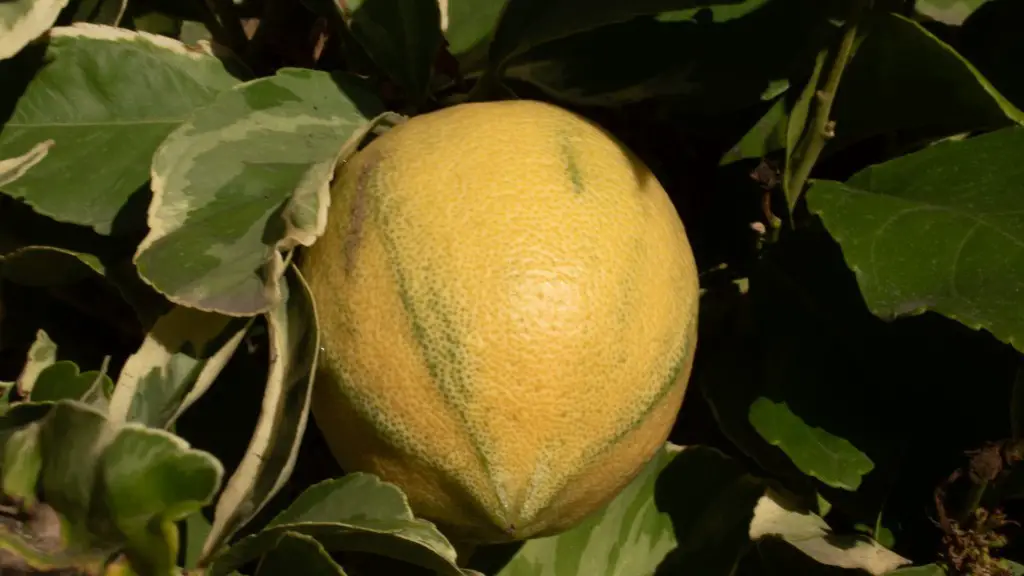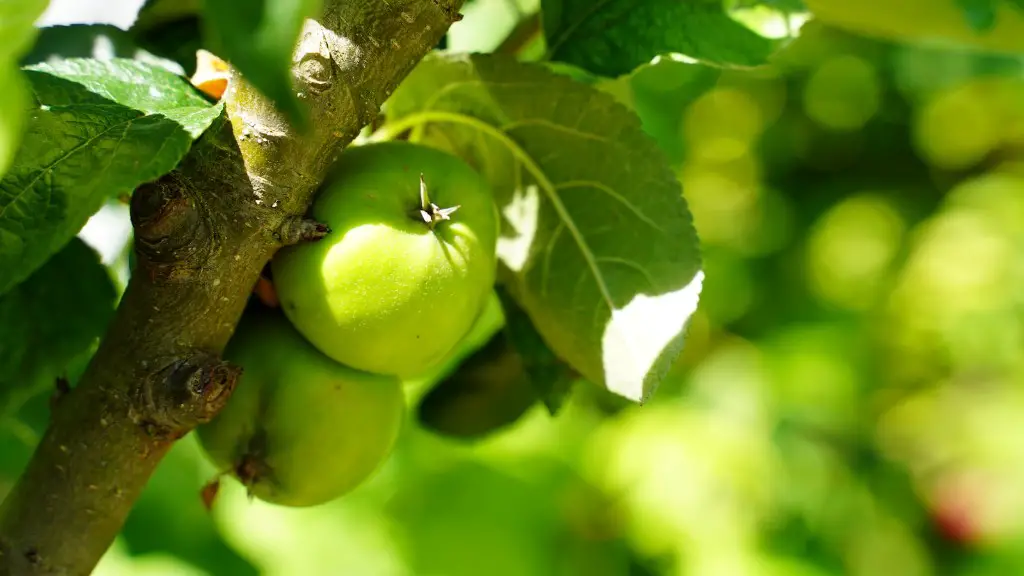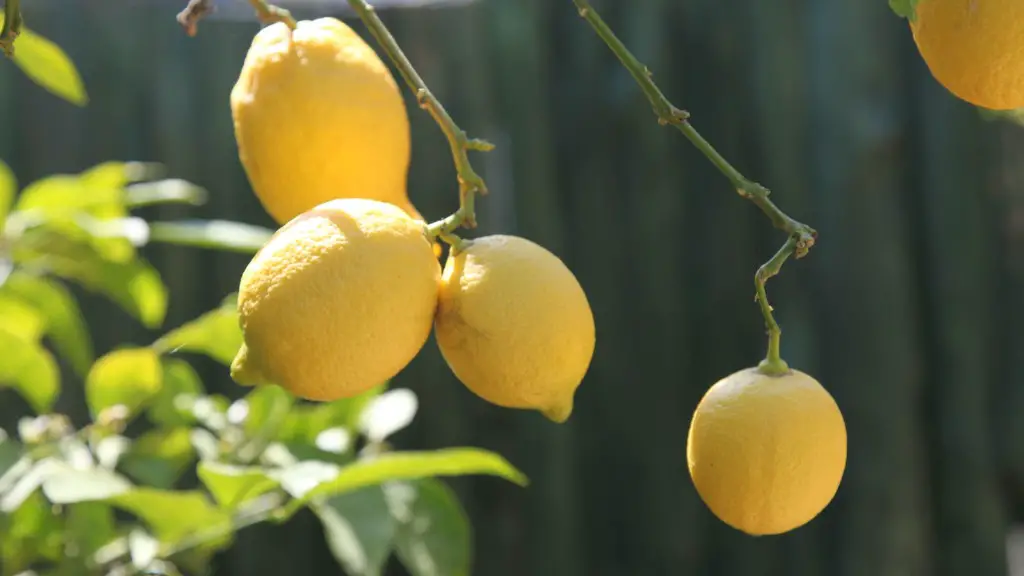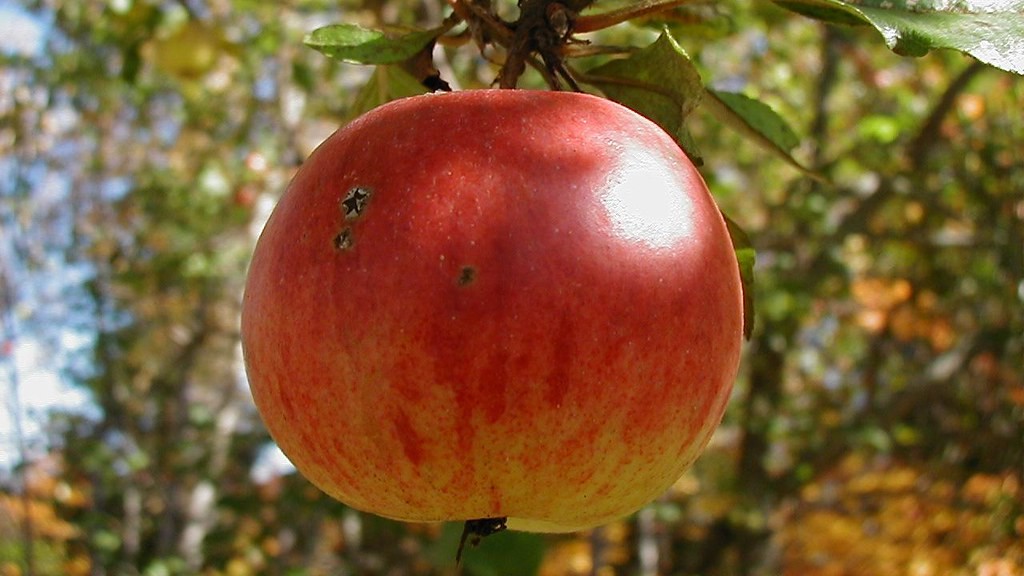Lemon trees are known for their sour, zesty lemons and may have been cultivated as far back as 2500 BC. Whether you have a small outdoor lemon tree or an indoor potted lemon tree, understanding when it will bear fruit isn’t as complicated as it seems. As an academic expert, here is all you need to know about when lemon trees will produce fruit.
Lemon trees are self-fertile, meaning the flowers do not need to be pollinated by another tree to bear fruit. They do, however, require a considerable amount of warmth and sunlight to ensure that flowers pollinate, and to ensure that any fruit that does form does not drop off before it is ripe. Utilizing a suitable climate and frequent waterings are also key to forcing your tree to bear fruit.
The age at which a lemon tree will bear fruit differs vastly, depending on the species and care. Generally, it takes three years for the tree to bear fruit, though the earliest fruiting period is around 18 months after planting, with some dwarf varieties maturing in their first season. Preferring a gradual input of nitrogen to its roots instead of huge, one-off doses goes a long way to promoting a harvest.
It’s not uncommon for a lemon tree to produce blossoms without any fruit actually developing. While it may look like the tree is not bearing any fruit, it’s important to know that fruit can go through several stages of growth before it is actually ripe and ready to harvest. Checking the fruit at different stages can help you determine what the problem may be.
The most common problems encountered with lemon trees not producing fruit may be because of undernourishment, nitrogen deficiency, inadequate sunlight, poor watering habits, and even pests. The most common pests that affect lemon tree production are aphids, mealybugs, and scale. Be sure to practice proper pest control for the tree.
In some cases, it’s entirely normal for a lemon tree not to bear fruit for a whole growing season. It’s considered a benefit for the tree if the harvest is scarce for one full season, as this encourages the tree to produce larger and better quality fruit in the following season. Don’t expect plenty of fruit from a young tree. Be sure to wait until your tree is mature enough, usually 3 years old, before expecting a successful harvest.
Identifying Crop-Ready Fruit
Contrary to some belief, the time taken for a lemon to ripen on the tree can vary. This can be anything from approximately three to six months, depending on stressors around the time of blossom or earlier in the season. Color is the best indicator to tell when a lemon is ripe and ready to pick. If the lemon is a lighter yellow and still has a slightly green tip, it’s not quite ripe. Wait until the lemon is juicy and bright yellow to pick.
Additionally, different lemon varieties ripen at different times. This means that even if one of your lemon tree has produced fruits, the other tree of different variety will take some more time for ripening. Understanding what variety you have can help determine when you can expect your tree to bear fruit.
The most effective way in understanding the ripening process of your lemon tree is to observe it closely. Monitor the development of the lemons on the tree and take notes of any major changes in development, especially the color and size. Evaluate how the lemon’s growth has been affected by factors like watering patterns, sunlight, and overall climate. Doing this helps understand when the lemons are likely headed towards being ripe.
Evaluating Tree Quality and Production
In some cases, a lemon tree may not bear fruits due to poor tree health. Exacerbating environmental factors such as long periods of drought or intense heat, can cause your lemon tree to suffer from stress. Root rot, ring spot virus, and blighting are all potential problems that can render the tree unable to bear fruit.
When lemon trees are not producing sufficient fruits, it may be due to improper pollination. To check for this possibility, always inspect the flowers and the fruits to ensure pollination and fertilization are taking place. If there are no flowers, examine the leaves for discoloration or abnormally colored areas; this could be an indication of a pollination problem.
It is also essential to look into the bloom period, as each variety of lemon tree will bloom and produce fruits at different points in time. If your lemon tree is forced to re-bloom too soon, then the tree may simply have not had enough time to rest and regenerate before ripening, thus disrupting its production. Allowing your lemon tree some downtime between bloom and produce periods is the best way to avoid this situation and get the most from your tree.
Finally, trees will bear more fruit when it is provided with nutrients; fertilizer applications are an excellent way to support fruit production. However, too much fertilizer can cause the treeto produce weak fruits and incorrect timing of fertilizer applications can overload the tree’s nutrient stores, prevent it from producing blooms and preventing fruits from ripening.
Harvesting Fruit At Its Prime
Carefully evaluating the state of the lemon, as mentioned earlier, is the only sure way to determine and have control over the harvest time. While maturity can be determined through observation, there are still environmental conditions that can either accelerate or slow down the ripening process. Knowing when to harvest is crucial to prevent rotting or missed harvests.
Every variety of lemon ripens differently, even with different colors. Therefore, be sure to keep track of your tree’s maturation process throughout the season. Record the color, size, and progress of the lemons on the tree to keep track of when the lemon is at its ideal state of ripeness.
Additionally, picking lemons a few weeks before the majority of the lemons on the tree have yet to mature will lead to a premature harvest. Waiting for a large portion of the lemon to be a brilliant yellow color not only indicates that it is ripe for the harvest, but also provides you with a more substantial amount of fruits at one time.
Ensuring a Successful Harvest
Lemon trees can be a great source of fresh, organic lemons. By understanding the specific requirements of the tree, environmental conditions, and expected bloom and fruit times, you can ensure a successful harvest. Proper watering, sufficient sunlight, and pest control are essential to make sure that your tree is care for and producing fruit.
Fertilizer applications at the correct times of the year are great for supporting your tree’s growth, boosting its fruit production, and enhancing the taste and quality of your lemons. Timing is everything when it comes to collecting your sweet, tart harvest, as a lemon left on the tree too long can cause pulp discoloration that can affect its taste and texture. Checking your lemon tree regularly will provide the most success when it comes to harvesting.
How To Store Your Lemon Harvest
Harvested lemons must be used or stored quickly to stabilize their quality. Refrigeration is the best way to keep lemons fresh for a longer time, as it keeps them cool, crisp, and moisture-free. With this option, unwashed lemons can last 2-3 weeks in the fridge.
In addition, applying a thin coating of coconut oil on the skin of the lemons helps retain its moisture. This method is particularly beneficial if stored in a sealed plastic bag or airtight container. Doing this should extend the shelf-life of the lemons for up to 4 weeks.
Alternatively, lemon juice can be frozen for up to 6 months in an ice cube tray. Quickly thawing it in the microwave works best if you are in need of fresh juice, as opposed to a cube. Make sure all equipment is clean and be sure to date the lemon juice to ensure it stays fresh for consumption.
Lastly, use a dehydrator to dry out the lemons in thin slices or chunks. This technique is especially useful in extending the shelf life of the harvested lemons, making it a great way to preserve your lemon harvest.
Taking Care of the Lemon Tree
Finally, a lemon tree needs to be taken care of frequently with regular waterings, prunings, and utilization of natural and safe pesticides to keep it healthy and bearing juicy fruit. As your tree matures, be sure to take time to identify any potential problems. Doing this helps avoid any potential pitfalls which can prevent your tree from producing and bearing fruit.
Creating the best conditions for your lemon tree is key for overall success in its harvest. Placing your lemon tree in the sunniest area of your yard, and away from any areas where strong winds can cause damage, is essential to help it perform its best. Containers should be placed in the shade and allowed to dry out in between irrigations.
Caring for the lemon tree properly is the best way to make sure that it produces ripe and succulent fruits each season. With patience and the right information, understanding and predicting when a lemon tree will bear fruit is simple, and the harvest you receive will be worth it.





